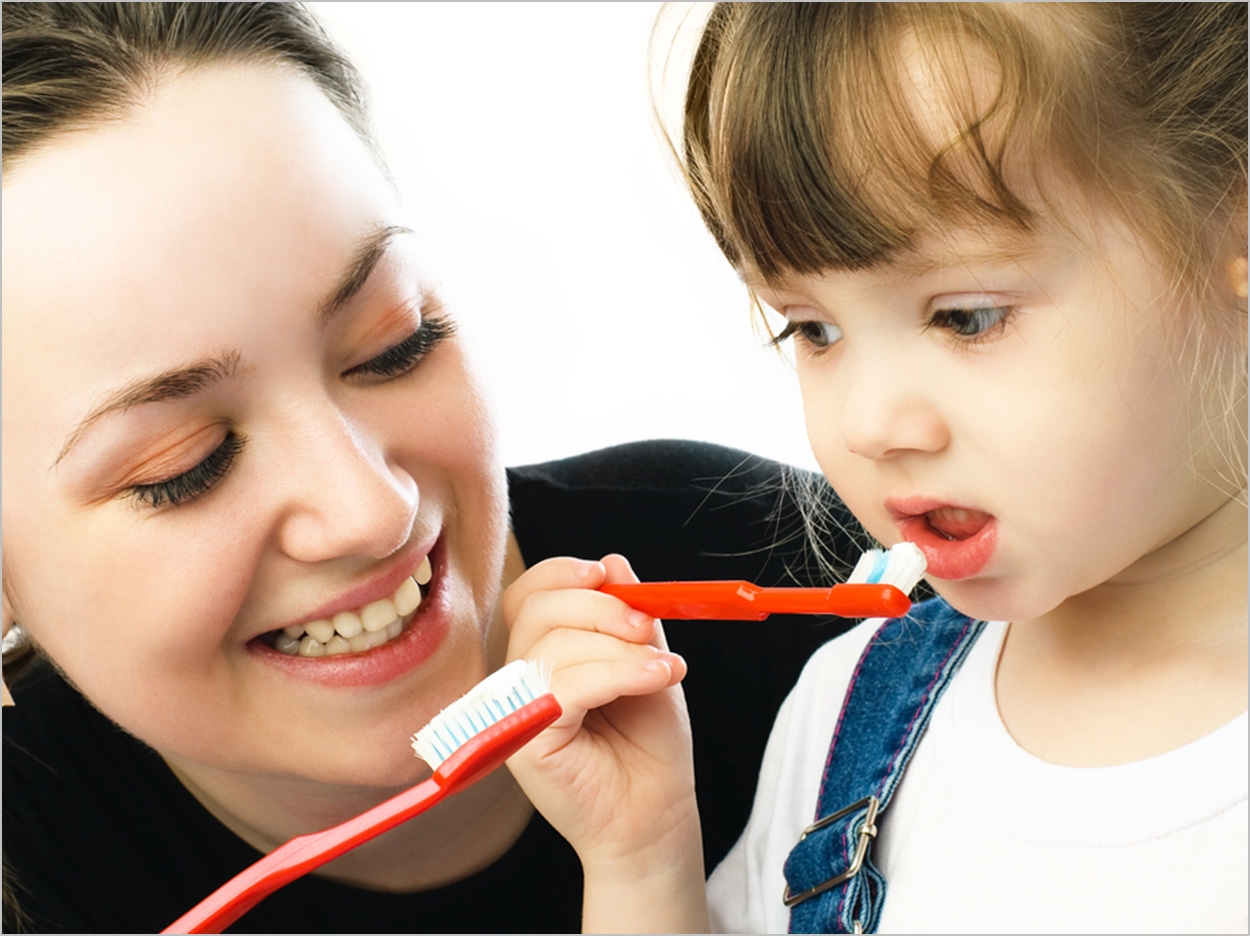
Our households largely determine the mix of microorganisms that inhabit our saliva, according to researchers from the United Kingdom. Overall, these researchers found, environmental influences play a far larger role than human genetics in shaping the salivary microbiome and in shaping oral and systemic health.
“It’s generally becoming known that there’s a link between our microbiomes and our health and that’s reason enough to find out what’s in there, how they arrived, there, and what they are doing,” said Adam P. Roberts, PhD, now a senior lecturer in antimicrobial chemotherapy and resistance at the Liverpool School of Tropical Medicine. He co-led the study when he was at the University College London (UCL) Eastman Dental Institute.
“The oral cavity is naturally colonized by hundreds of bacterial species, which stop external pathogens from establishing a foothold, but they also can themselves cause oral disease,” said Liam Shaw, a graduate student at the UCL Genetics Institute.
The researchers wanted to know how the salivary microbiome gets established and which factors are most responsible for the mix of bacteria there. UCL immunologist Andrew M. Smith, PhD, had access to DNA and saliva from an extended Ashkenazi Jewish family living in various households spread across 4 cities on 3 continents. This sample set allowed the team to ask how much of the variation in salivary microbiomes is due to host genetics and how much is due to the environment.
As ultra-orthodox Ashkenazi Jews, the members of the family share cultural diets and lifestyles that control for many confounding factors. Also, since the family members’ DNA had already been sequenced to the level of single changes in the DNA code, the researchers had a unique and precise measurement of their genetic relatedness.
Next, the team sequenced the bacterial DNA signatures present in saliva samples from 157 family members and 27 unrelated Ashkenazi Jewish controls. Across all samples, the researchers found the core salivary microbiome made up of bacteria from the genera Streptococcus, Rothia, Neisseria, and Prevotella.
To get at what might be driving differences at the bacterial species level, the team used statistical methods adopted from ecology to determine which factors are responsible for the most variation. When comparing factors such as shared household, city, age, and genetic relatedness, the factor that determined who shared the most similar saliva microbiomes was overwhelmingly household.
“What that tells us it that the contact and sharing of microbes that goes on at the very local environment is what determines the differences between individuals,” said Shaw.
Spouses and parents and children younger than 10 years living in a household together had the most similar saliva microbiomes.
“The contact doesn’t even have to be intimate, like kissing,” said Roberts. “Individuals’ hands are covered in saliva, and they are touching everything in the house.”
Children younger than 10 years had more similar bacteria to their parents than older children, perhaps reflecting that older children are becoming “more independent individuals,” said Roberts.
The team also looked at whether genetic relatedness drove the composition of the salivary microbiome. Using a measure of relatedness based on family tree relationships alone, the researchers saw a small but statistically significant effect. But when they used the genetic sequence information, a more accurate measure of relatedness, the effect disappeared. In other words, the family members’ genetics played virtually no role in shaping their saliva microbes.
Pedigrees do not always precisely reflect actual genetic relatedness in terms of the amount of genome shared,” said Shaw.
Roberts encourages other researchers undertaking large-scale microbiome studies to use detailed human genetic sequence information rather than relying on family trees. Also, the team concluded that environments shared during upbringing play a major role in determining what community of bacteria gets established. According to Roberts, knowing that the shared environment drives the microbiome may enable us to one day modulate it and address illnesses associated with an altered microbiome such as periodontitis.
“Once we understand the members of the microbiome that are responsible for health, our everyday behavior could change to shift our microbiome favorably,” Roberts concluded.
The study, “The Human Salivary Microbiome Is Shaped by Shared Environment Rather than Genetics: Evidence from a Large Family of Closely Related Individuals,” was published by mBio.
Related Articles
Diabetes Affects the Oral Microbiome and Fosters Periodontitis
Different Microbe Species Inhabit Different Regions of the Mouth
Metabolic Diseases Significantly Alter Oral Bacteria












